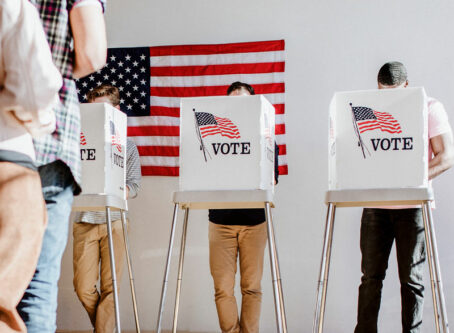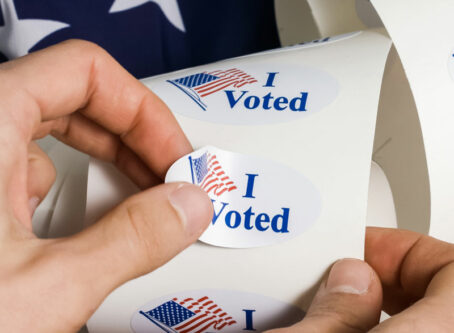Absentee voting provides big benefit to professional drivers
The daily and weekly travels of professional drivers are not a reason to skip Election Day and sacrifice your right to vote. You can still make your voice heard at home via absentee voting and help set the course on issues at the national, state and local levels of government.
All states allow advance voting. The option is perfect for professional drivers. Some states allow mail-in ballots. This is commonly referred to as absentee ballots. Other states allow voting in person at locations leading up to Election Day. This is known as early voting. A growing number of states even conduct certain, if not all, elections by mail. Your local elections office or secretary of state’s office should have details.
Absentee voting
In a typical year, 34 states offer “no-excuse” absentee voting – meaning you do not have to give a reason why you want to cast an absentee ballot. Other states either allow permanent no-excuse absentee voting or allow voters to cast absentee ballots only under a limited set of circumstances.
Absentee ballots – or even permanent absentee ballots – can be requested by contacting a county clerk, county auditor, county registrar or supervisor of elections, or the board of elections – depending on the state. Phone numbers for those offices should be in the government pages of your local phone book, or you can do a search online.
Permanent absentee voting
According to the National Conference of State Legislatures, 19 states make available permanent absentee ballots for at least certain voters. Five of the states make available permanent absentee ballots for all voters: Arizona, California, Minnesota, Montana, and New Jersey.
The 14 states that offer permanent absentee ballots for at least a limited number of voters are Alaska, Connecticut, Delaware, Kansas, Louisiana, Massachusetts, Mississippi, Missouri, Nevada, New York, Pennsylvania, Tennessee, West Virginia and Wisconsin.
Early voting
Some type of early voting is offered in all but the states of Connecticut, Delaware, Mississippi, Missouri, New Hampshire, and South Carolina. The option allows voters to simply decide to vote early.
No-excuse early voting differs from absentee voting. Voters may visit an election official’s office – or in some states other satellite voting locations – and cast ballots in person.
The time periods for early voting vary by state. The average starting time for early voting is about three weeks before Election Day.
All-mail voting
Colorado, Hawaii, Nevada, Oregon, Utah, Vermont, and Washington run their elections entirely by mail. The process is used to send a ballot to every registered voter prior to Election Day. In addition, 19 states allow certain elections to be held by mail. LL









